Earthquake lights appear in many different shapes, but researchers have not yet been able to explain exactly how they are produced.
Flashes of light in the sky over Morocco are believed to be earthquake lights. Video: New York Times/Twitter
Earthquake lights like the ones seen in videos taken before the 6.8-magnitude earthquake in Morocco on September 8 have been known for centuries, dating back to the time of the ancient Greeks. These multicolored flashes have long puzzled scientists, and they have yet to agree on what causes them. But they are “clearly real,” said John Derr, a retired geophysicist with the U.S. Geological Survey who has co-authored several scientific papers on earthquake quake lights (EQLs).
“Seeing EQL depends on darkness and other factors,” Derr explains. He notes that recent video from Morocco looks similar to earthquake lights captured by security cameras during the 2007 earthquake in Pisco, Peru. Juan Antonio Lira Cacho, a physics professor at the National University of San Marcos in Peru who studies the phenomenon, says the prevalence of mobile phones and security cameras has made it easier to study earthquake lights.
Earthquake lights can take several different forms. Sometimes they look like regular lightning or like a strip of atmospheric light similar to an aurora borealis. Other times they look like glowing orbs floating in midair. Earthquake lights can also appear to resemble small flickering flames creeping along the ground. A video taken in China shortly before the 2008 Sichuan earthquake captured glowing clouds floating across the sky.
To better understand earthquake lights, Derr and his colleagues collected information on 65 earthquakes in the United States and Europe dating back to 1600. They shared their research in a 2014 paper in the journal Seismological Research Letters. The team found that 80 percent of the EQLs they examined occurred during earthquakes with magnitudes greater than 5.0. In most cases, the phenomenon was observed shortly before or during the seismic event. The EQLs could be as far as 600 kilometers from the epicenter.
Earthquakes, especially large ones, are more likely to occur along or near areas where tectonic plates meet. However, a 2014 study found that the vast majority of earthquakes associated with EQLs occur within tectonic plates rather than at their boundaries. Furthermore, EQLs are likely to occur above or near rift valleys, where the Earth’s crust is pushed apart in some places, forming an elongated lowland between two higher land masses.
Friedemann Freund, an assistant professor at San Jose State University who worked at NASA's Ames Research Center, has a theory about earthquake lights. According to Freund, when impurities in crystals in rocks are subjected to mechanical stress, such as the buildup of tectonic stress before and during a major earthquake, they suddenly break apart and produce electricity. Rock is an insulator, and when subjected to mechanical stress, it becomes a semiconductor. "Before an earthquake, the huge mass of rock, hundreds of thousands of cubic kilometers of rock in the Earth's crust, is under pressure. The pressure causes the mineral grains to move relative to each other. The process is like turning on a battery, producing an electric charge that moves extremely fast, up to 200 meters per second," said Freund.
Other theories about what causes earthquake lights include static electricity generated by rock fractures and radon emissions. Seismologists have yet to agree on the mechanism that causes earthquake lights. Scientists are still trying to solve the mystery of the phenomenon. Freund hopes that in the future, earthquake lights can be used in conjunction with other factors to predict when a major earthquake is about to happen.
An Khang (According to CNN )
Source link


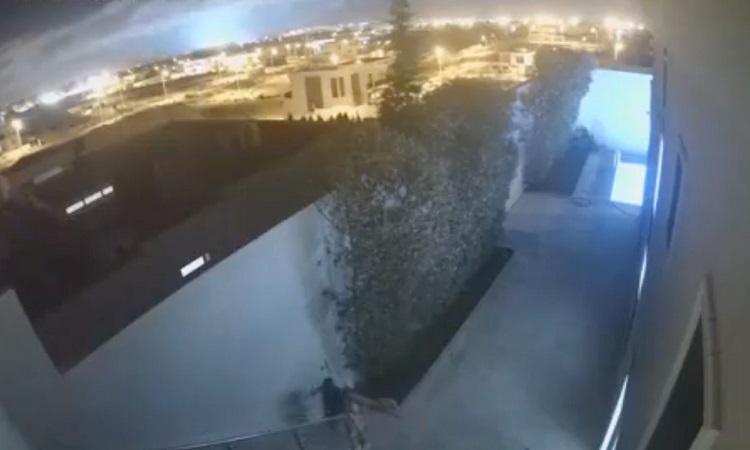
![[Photo] National Assembly Chairman Tran Thanh Man meets with General Secretary and President of China Xi Jinping](https://vstatic.vietnam.vn/vietnam/resource/IMAGE/2025/4/14/4e8fab54da744230b54598eff0070485)

![[Photo] Tan Son Nhat Terminal T3 - key project completed ahead of schedule](https://vstatic.vietnam.vn/vietnam/resource/IMAGE/2025/4/15/85f0ae82199548e5a30d478733f4d783)
![[Photo] Prime Minister Pham Minh Chinh meets with General Secretary and President of China Xi Jinping](https://vstatic.vietnam.vn/vietnam/resource/IMAGE/2025/4/14/893f1141468a49e29fb42607a670b174)

![[Photo] Reception to welcome General Secretary and President of China Xi Jinping](https://vstatic.vietnam.vn/vietnam/resource/IMAGE/2025/4/15/ef636fe84ae24df48dcc734ac3692867)


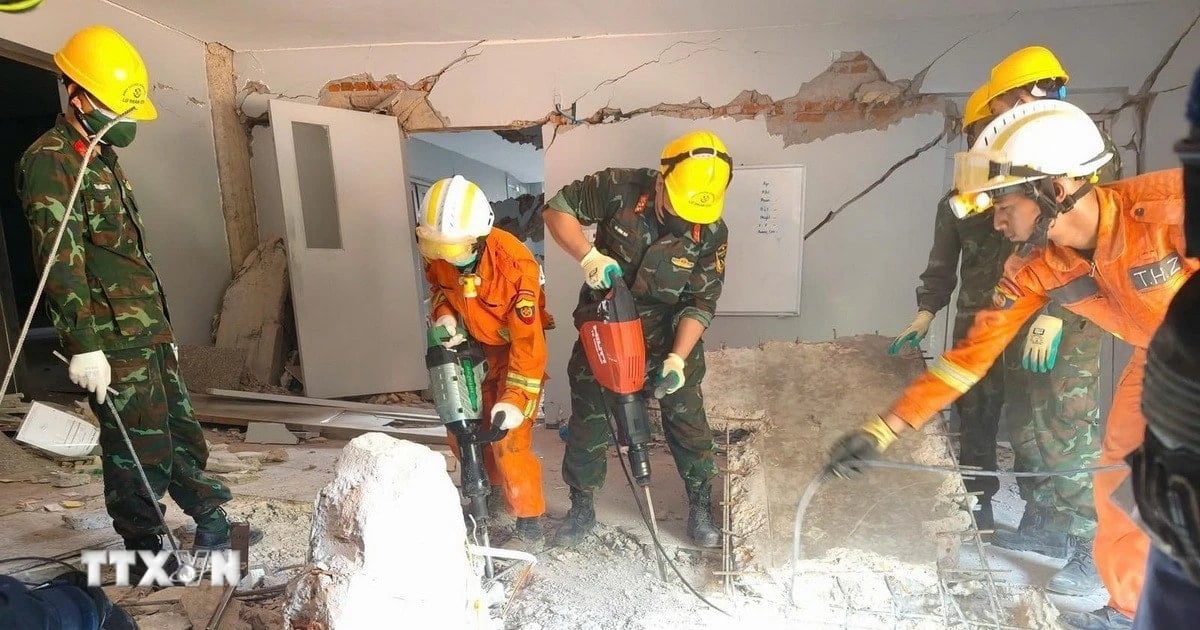






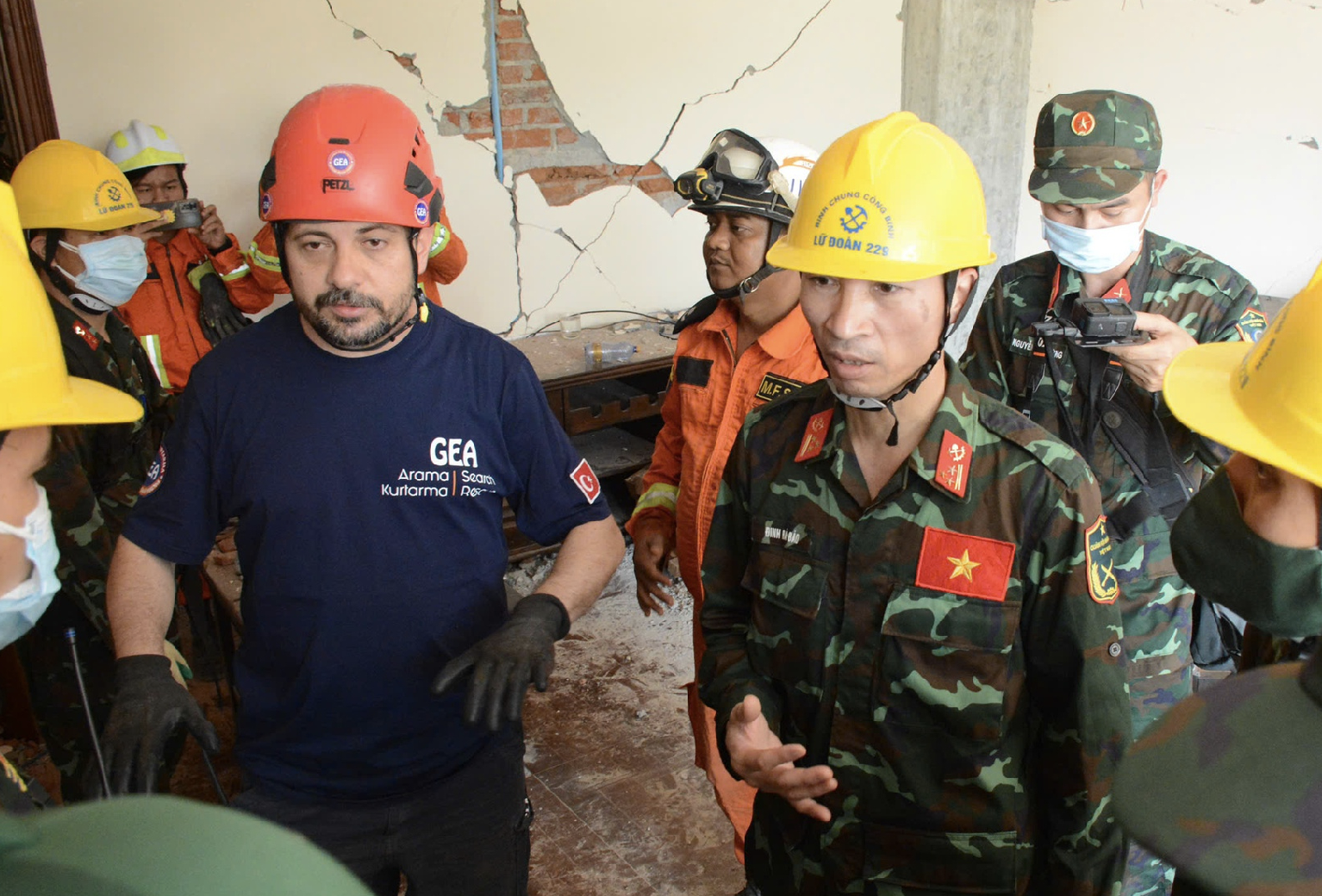


















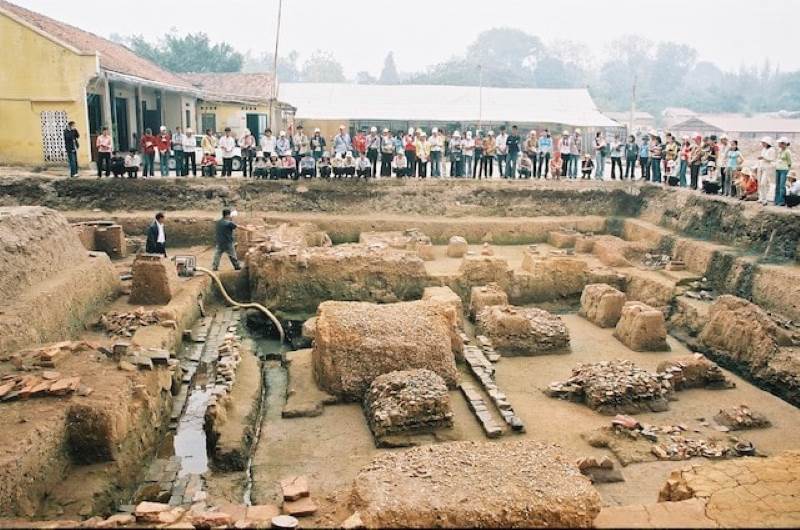

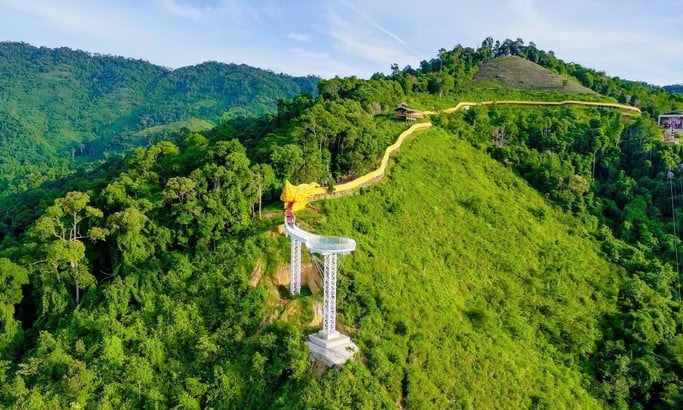
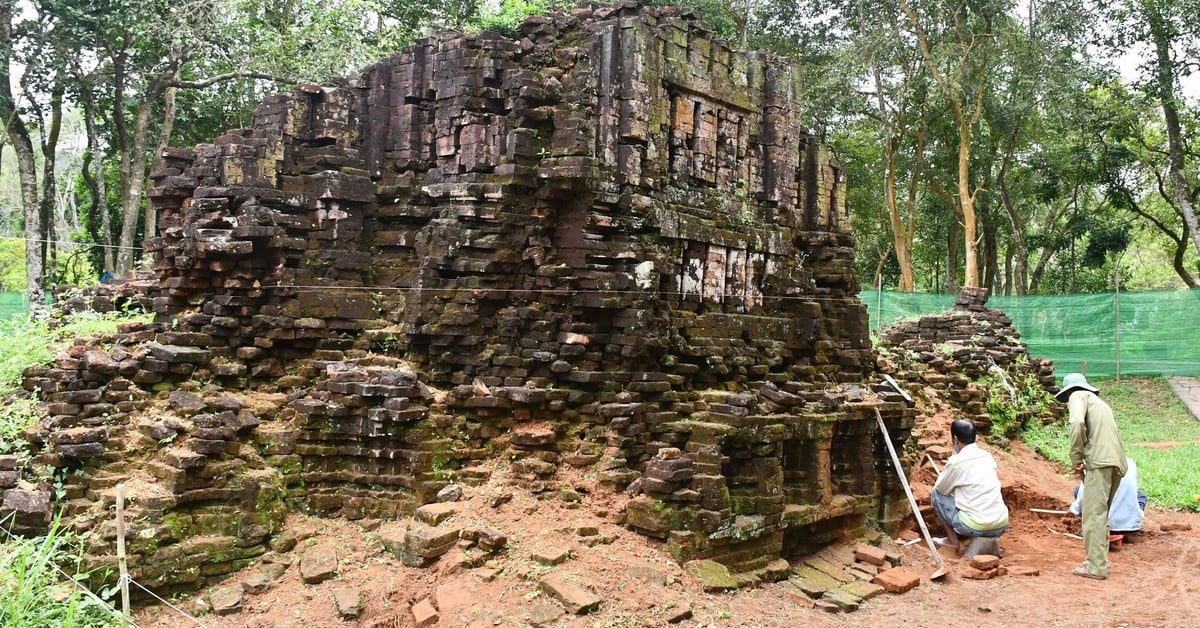














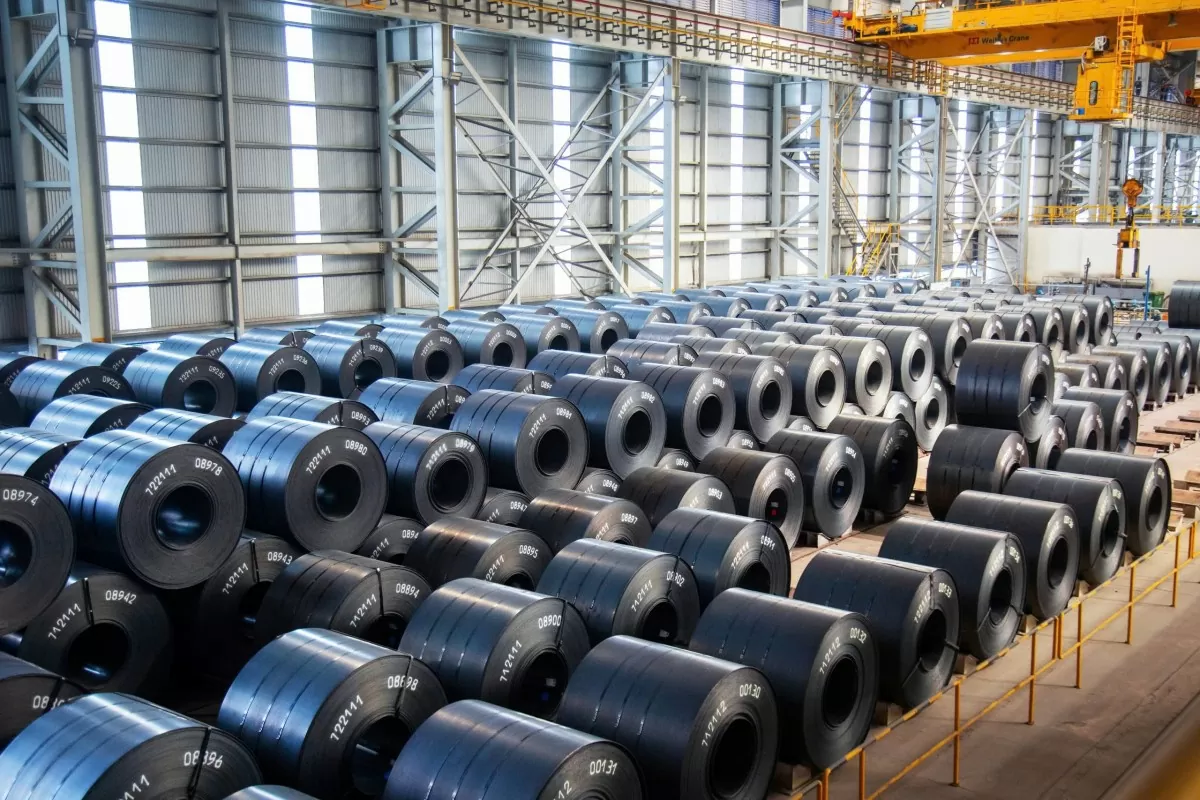














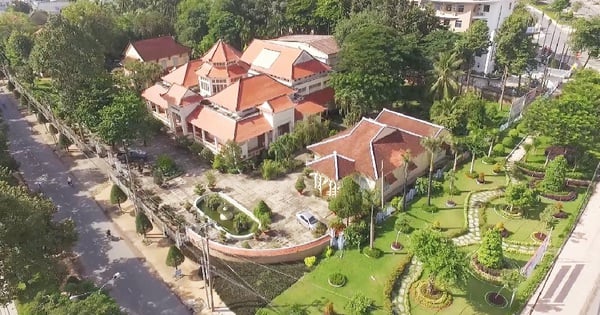


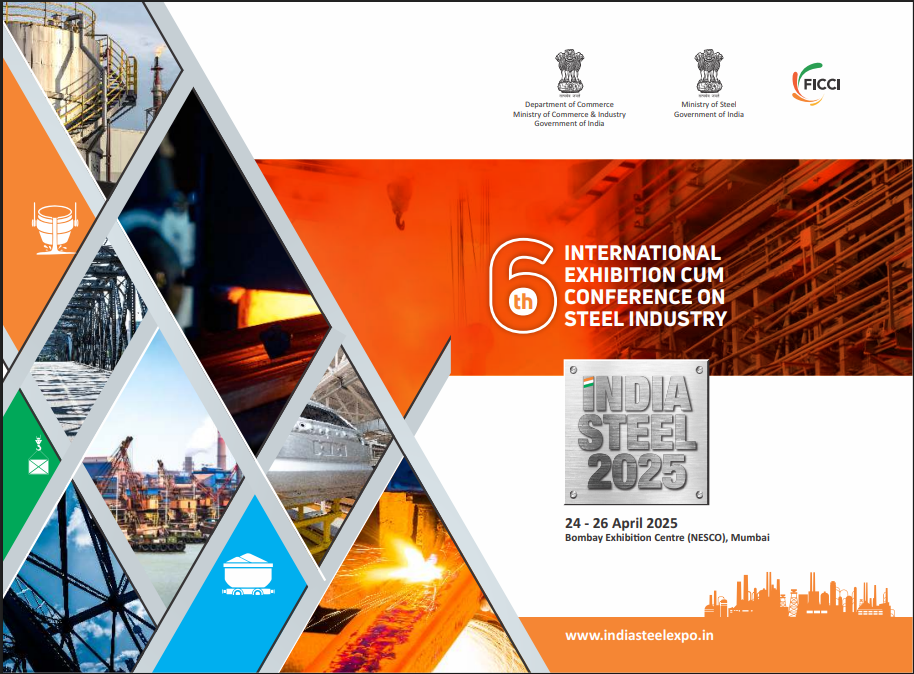







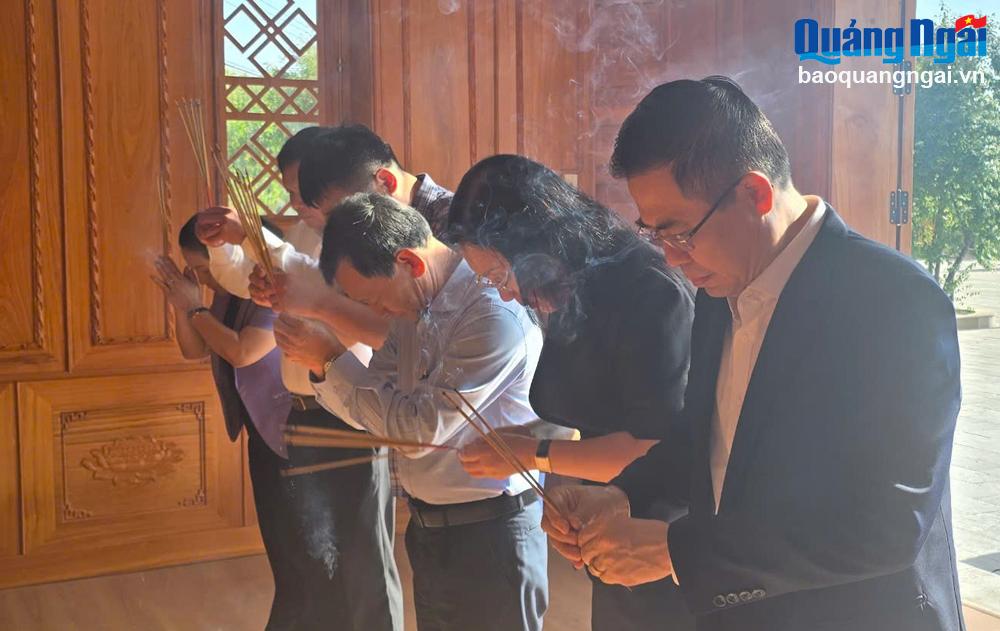
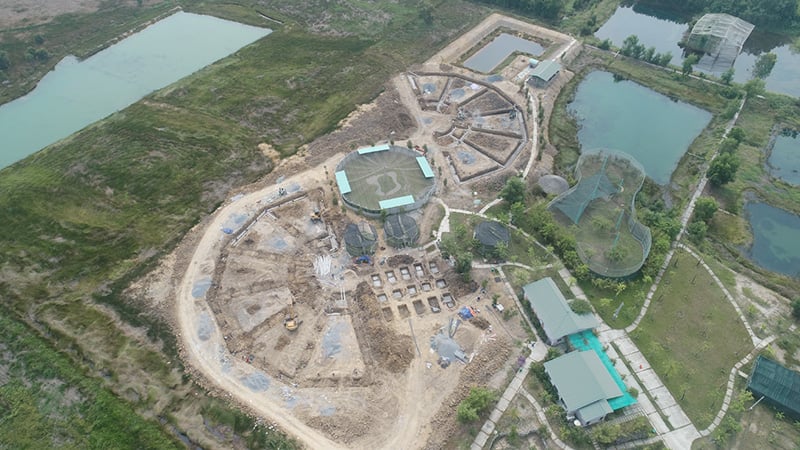













Comment (0)